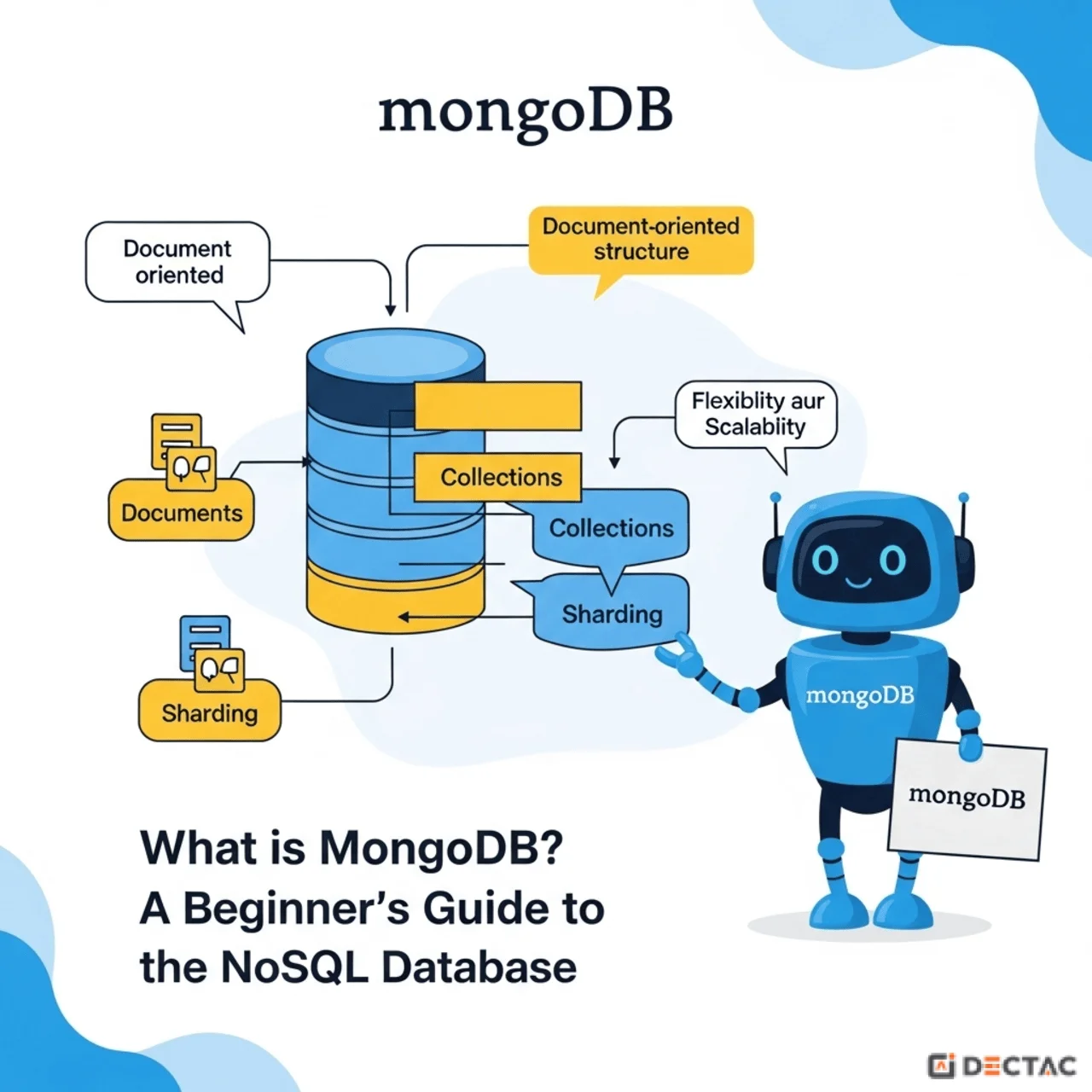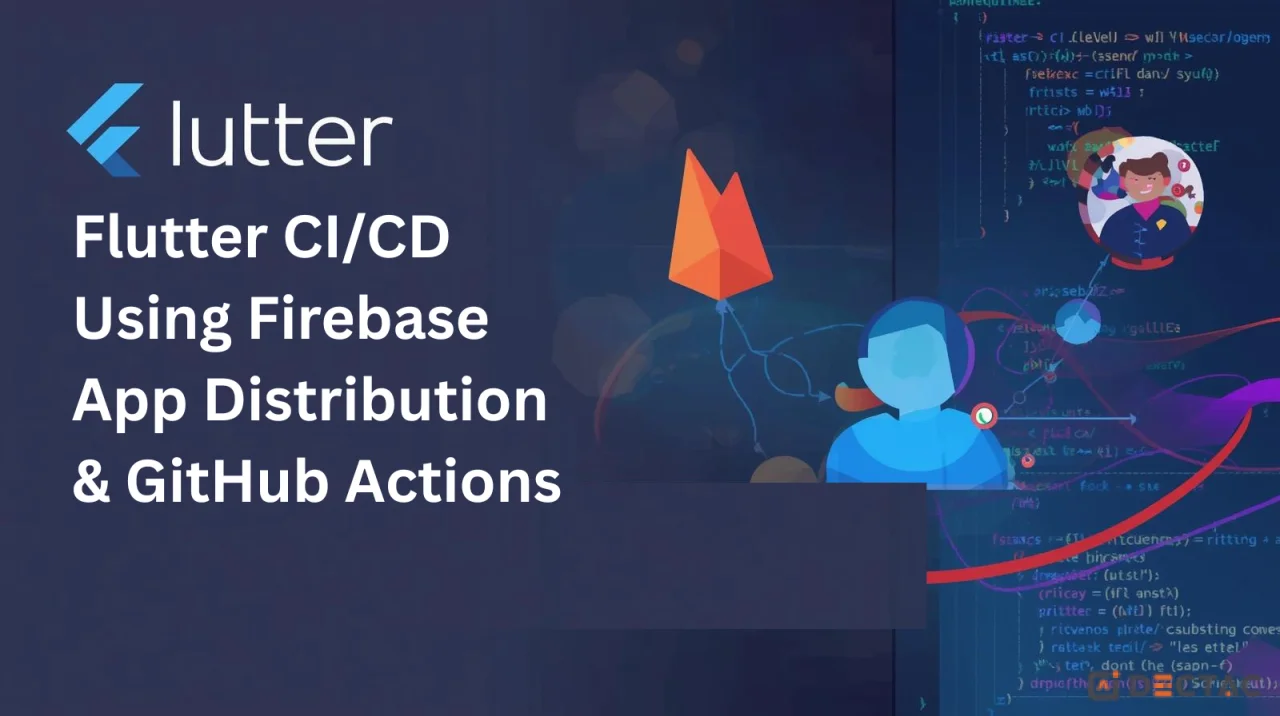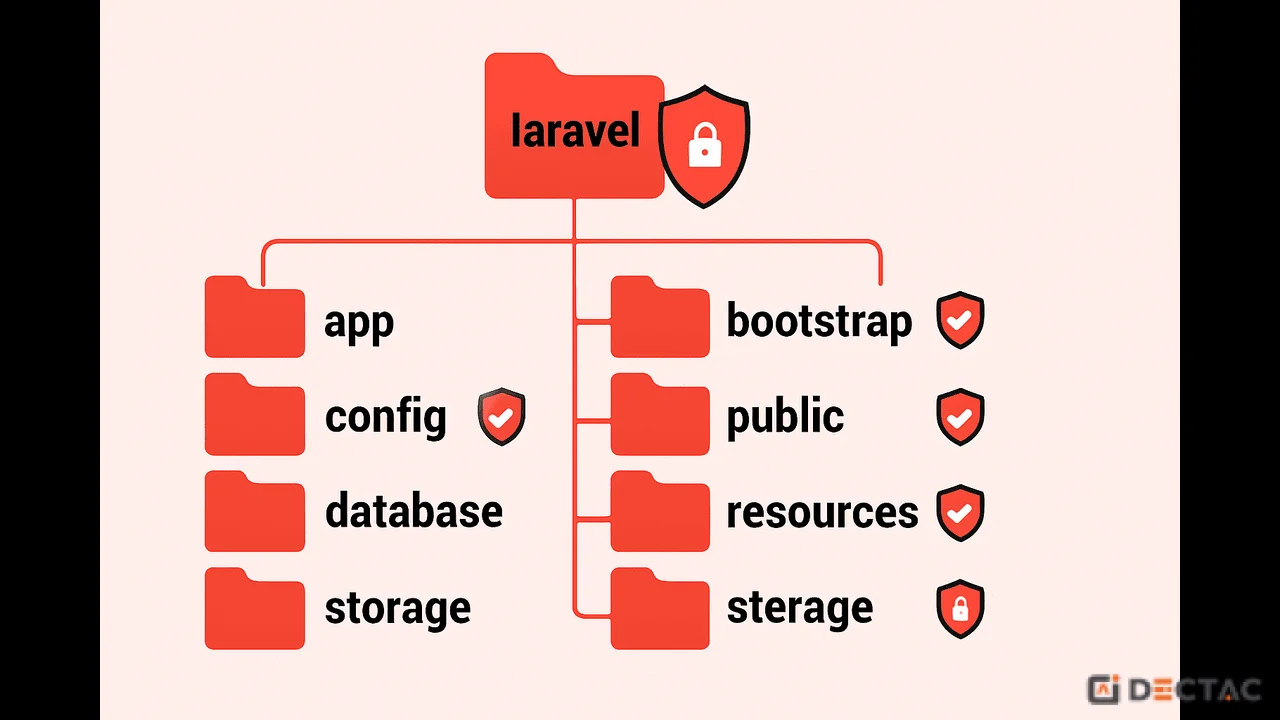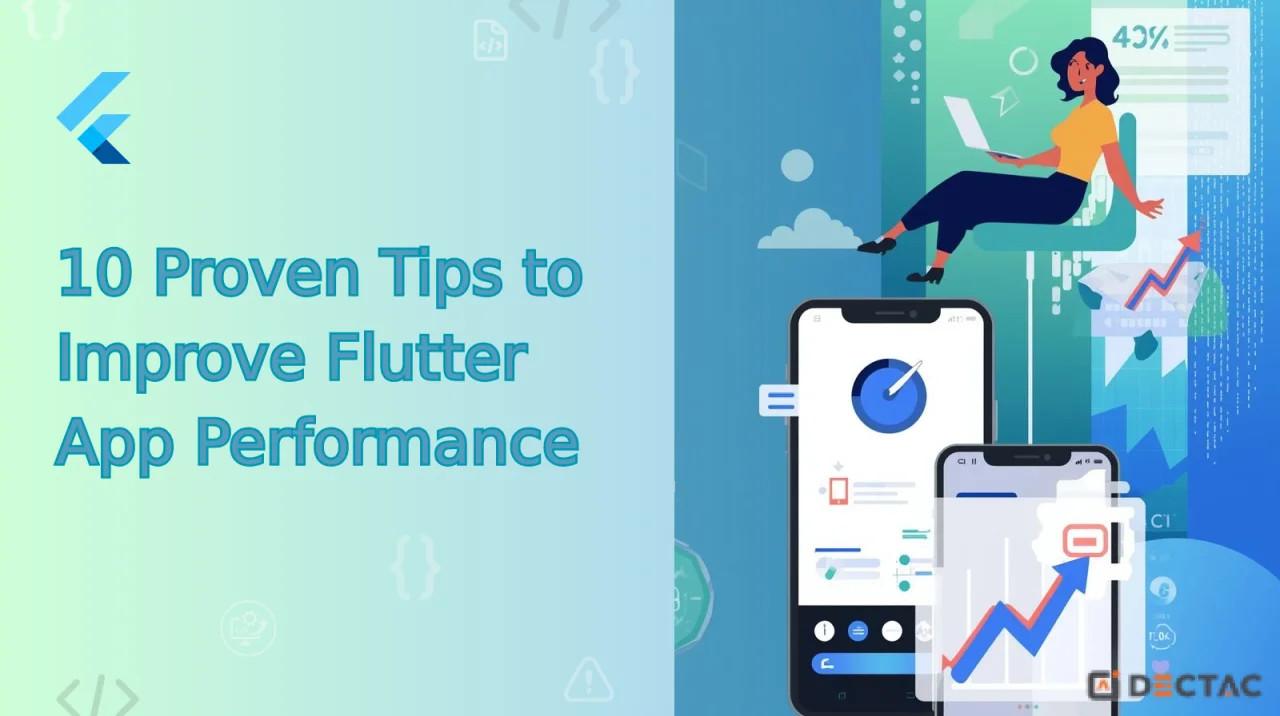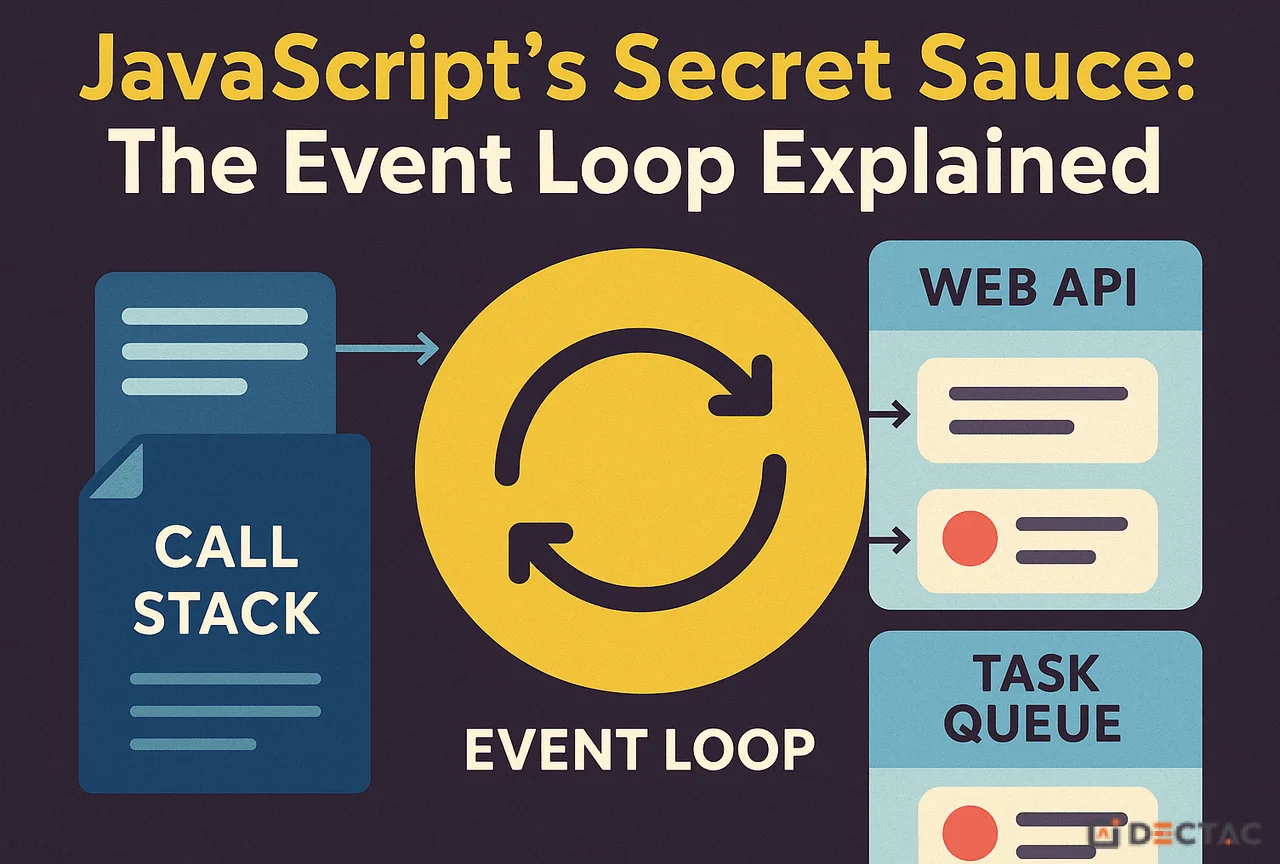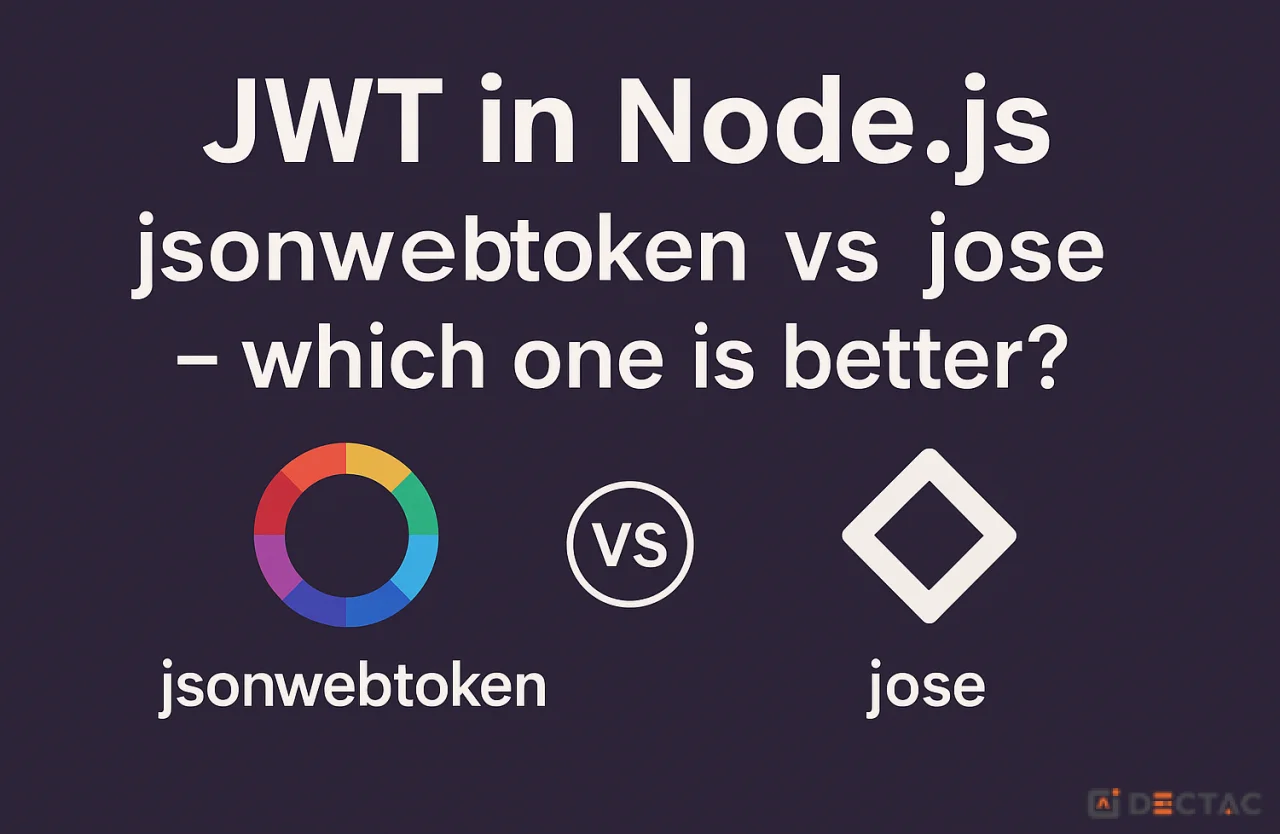The Big Idea: A Database That Thinks Like a Filing Cabinet
At its core, MongoDB is a NoSQL, document-oriented database.
That sounds technical, so let's use a simple analogy.
Imagine you're organizing an office.
-
The SQL Way (A Spreadsheet): You have a massive spreadsheet for all employee data. Every employee must have a column for "First Name," "Last Name," "Employee ID," and "Phone Number." If you hire a contractor who doesn't have an Employee ID, too bad. You either leave the cell blank or create a whole new spreadsheet for contractors. The structure is rigid.
-
The MongoDB Way (A Filing Cabinet): You have a filing cabinet. Each employee gets their own folder (a "document").
-
Rinku's folder might contain a resume, a contact sheet, and a headshot photo.
-
Another employee's folder might contain a resume, a list of emergency contacts, and a signed contract.
-
A contractor's folder might just have an invoice and a contact sheet.
-
Each folder holds all the related information for one person, but the contents of each folder can be different. You can easily add a new type of paper (a new "field") to any folder without having to reorganize the entire cabinet.
This is the central concept of MongoDB. It stores data in flexible, JSON-like documents, which means your database structure can evolve as your application grows.
Why Do Developers Love MongoDB? The Three Core Strengths
MongoDB's popularity isn't just hype. It solves real-world problems for developers building modern applications.
1. Ultimate Flexibility (The Flexible Schema)
As our filing cabinet analogy showed, you don't have a rigid, predefined structure. In MongoDB, one "user" document might have a middleName field, while another doesn't. Your application code doesn't break. This is incredibly powerful for startups and projects where requirements change quickly. You can add new features and store new types of data without performing complex database migrations.
2. Built for Growth (Horizontal Scaling)
Imagine your website becomes wildly popular and your single server is overwhelmed.
-
Vertical Scaling (The SQL way): You have to make that one server more powerful—buy more RAM, a faster CPU. This is expensive and has a hard limit. It's like training one cashier to be a superhero.
-
Horizontal Scaling (The MongoDB way): You just add more, cheaper servers and distribute your data and workload across them. This is called "sharding." It's like opening up more checkout lanes instead of trying to make one cashier faster. It's incredibly efficient and can scale almost infinitely.
MongoDB was designed from the ground up to be distributed across multiple servers, making it perfect for applications that need to handle massive amounts of data and traffic.
3. It Speaks JavaScript's Language
This is my favorite part as a MERN stack developer. Data in MongoDB is stored in BSON (Binary JSON), which is essentially a supercharged version of JSON (JavaScript Object Notation).
Look at this JavaScript object:
Generated javascript
This is almost exactly how that data looks inside a MongoDB database. There's no awkward translation needed. Your JavaScript code can interact with the database using objects and arrays, which feels completely natural. You don't need a complex Object-Relational Mapper (ORM) to translate between your application's objects and the database's tables.
MongoDB Vocabulary: From SQL to NoSQL
If you're coming from a SQL background, the concepts are similar but the names are different.
|
SQL Term |
MongoDB Term |
What it is |
|
Database |
Database |
A container for all your data. (This one's easy!) |
|
Table |
Collection |
A group of related documents. (e.g., a users collection, a posts collection). |
|
Row |
Document |
A single record. (e.g., one user's profile, one blog post). |
|
Column |
Field |
A key-value pair within a document. (e.g., name: "Rinku"). |
So, instead of saying, "Find the row in the users table where the id column is 123," you'd say, "Find the document in the users collection where the _id field is 123."
Here’s what a document in a users collection might look like:
Generated json
{
"_id": "638dd4e4e9f7f45a5d39f7e8",
"name": "Rinku sain",
"email": "rinku.sain@example.com",
"joinDate": "2023-12-05T10:00:00Z",
"interests": [
"Web Development",
"Node.js",
"React”
],
"active": true
}
As you can see, it's just a rich, structured object—easy to read and easy for your application to use.
Your Journey with Data Begins Here
MongoDB represents a shift in how we think about storing information. It's a database built for the speed, scale, and flexibility that modern applications demand. By embracing documents over rows and columns, it aligns perfectly with the languages we use to build for the web.
The best way to get started is to try it yourself. MongoDB Atlas offers a generous free tier that lets you spin up a cloud-hosted database in minutes. Try creating a collection, inserting a few documents, and see how intuitive it feels.
You'll quickly see why it's the database of choice for everyone from startups to enterprise giants, and the perfect foundation for your next great project.

